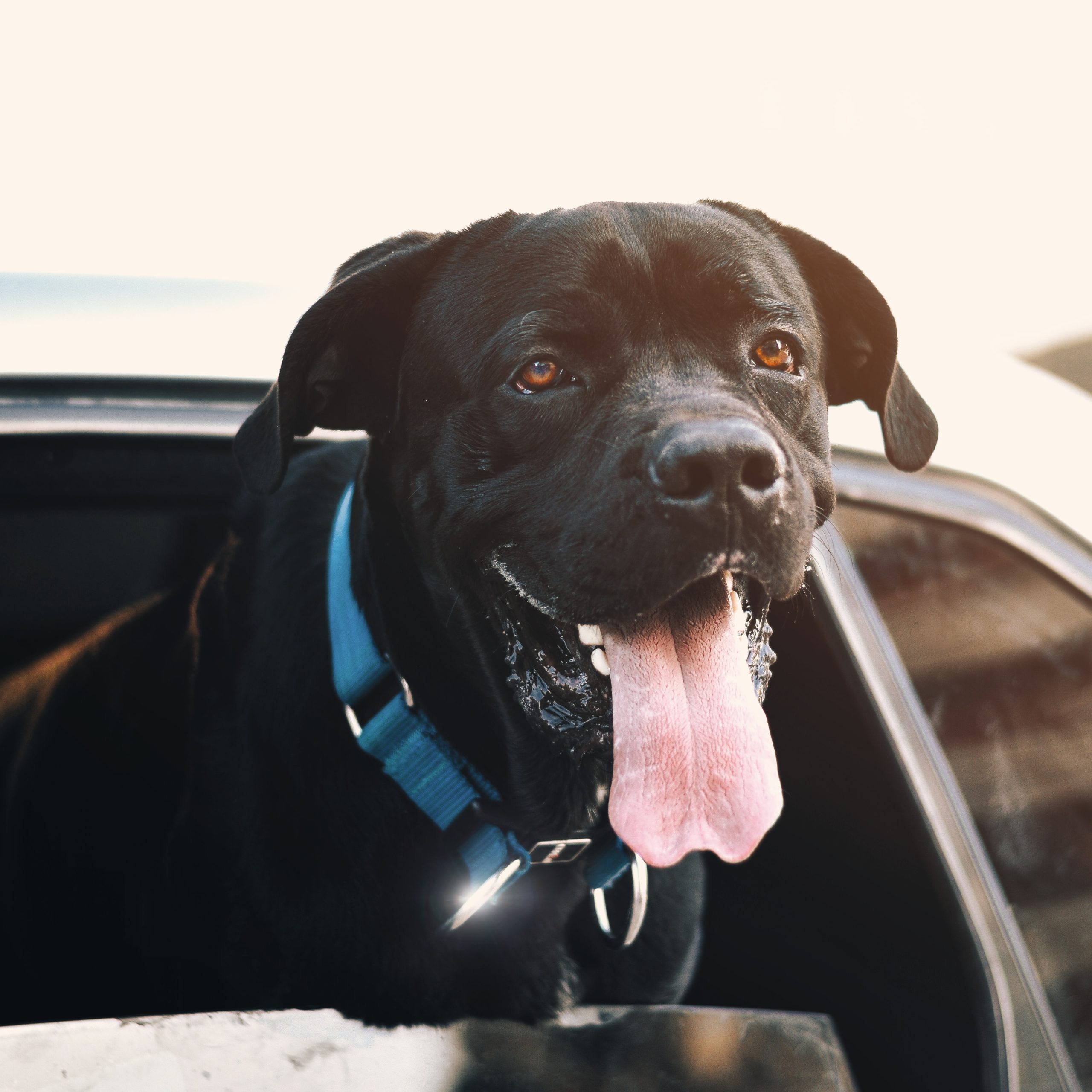
Take Your Pet Along!
While most may dogs thrive and enjoy a ride with their snouts out the window, AP News reports that over 23% of dogs experience motion sickness.
As a loving owner, you want every car ride to be fun, comfortable, and clean in the end. Let’s dig deeper into why dogs get car sick and what you can do to reduce anxiety, prevent messes, and make the car a safe place you and your dog enjoy.
Car sickness is more common in puppies until they reach about one year of age. Much like kids, puppies’ inner ears are only partially developed.
As in humans, the inner ear controls a dog’s sense of balance. An underdeveloped inner ear combined with the bumpiness of a car ride is a formula for motion sickness in our four-legged friends.
So, how do you know when your dog’s had enough in the car? Here are some of the biggest signs that your car ride is about to get anxiety filled and potentially messy:
Not only is car sickness an uncomfortable experience for you and your dog, but it can also take a heavy toll on your relationship with your pet. Allowing car sickness to continue can lead to frustration, guilt, and potential exclusion from future trips in the car. Don’t let a little motion sickness ruin any potential fun with your pet!
Follow these six, helpful tips to reduce motion sickness in dogs.
If your dog is prone to motion sickness, you’ll want to shield them from the window as best you can.
First, set your dog in a safe doggy carrier with a piece of your clothing for them to cuddle. Not only does this limit their field of vision, but it adds to their relaxation as they have a part of you to snuggle with and enjoy the car ride peacefully. It also ensures minimal clean up if a motion sickness related accident were to occur.
If your dog travels buckled up in a safety harness, position the buckle in the center of your vehicle’s backseat. This forces them to look forward and have a steady view on the ride.
Richell’s Pet Travel Carrier comes with all the features your pet needs for maximum travel comfort. Not only do our pet carriers limit your pet’s field of vision, but they are made of easy-to-clean plastic, and also enhance travel safety since you can easily strap them in with safety seatbelt latches.
It’s never fun to say no to spoiling your dog with snacks, but if you know they are prone to car sickness, then keeping them away from the food bowl for 12 hours prior to the trip can help settle their stomach.
That said, water is still okay, so keep your doggies hydrated!
Cracking your car windows to allow the fresh air in can help reduce onset motion sickness.
Just that small added airflow stabilizes the air inside your car and helps your dog retain their sense of equilibrium to dodge a bout of car sickness.
Just like anything your dog learns, training can also help your dog enjoy the car. Some of the most effective training steps you can take are:
Remember, most dogs will outgrow motion sickness. So, practicing rides in the car could help him get over this stage faster.
Sometimes even conditioning isn’t enough to quell your dog’s vehicle anxiety. In extreme cases, it’s best to reach out to your vet and ask about potential medications, herbs or plants that can make your dog calmer during car rides.
Always reach out to a veterinarian if you decide to go the medicinal route for your four-legged companion.
At Richell USA, we don’t just care about pets, we care about you. Our pet products help cover every aspect of your pet’s comfort and ensure they are happy with you in the home, car, or out in the world. Because pets are family!
Please complete this form and click "Submit". Our Customer Support team will gladly address your request and respond in a timely manner.
Richell USA, Inc.
Copyright © Richell, Inc.. All rights reserved